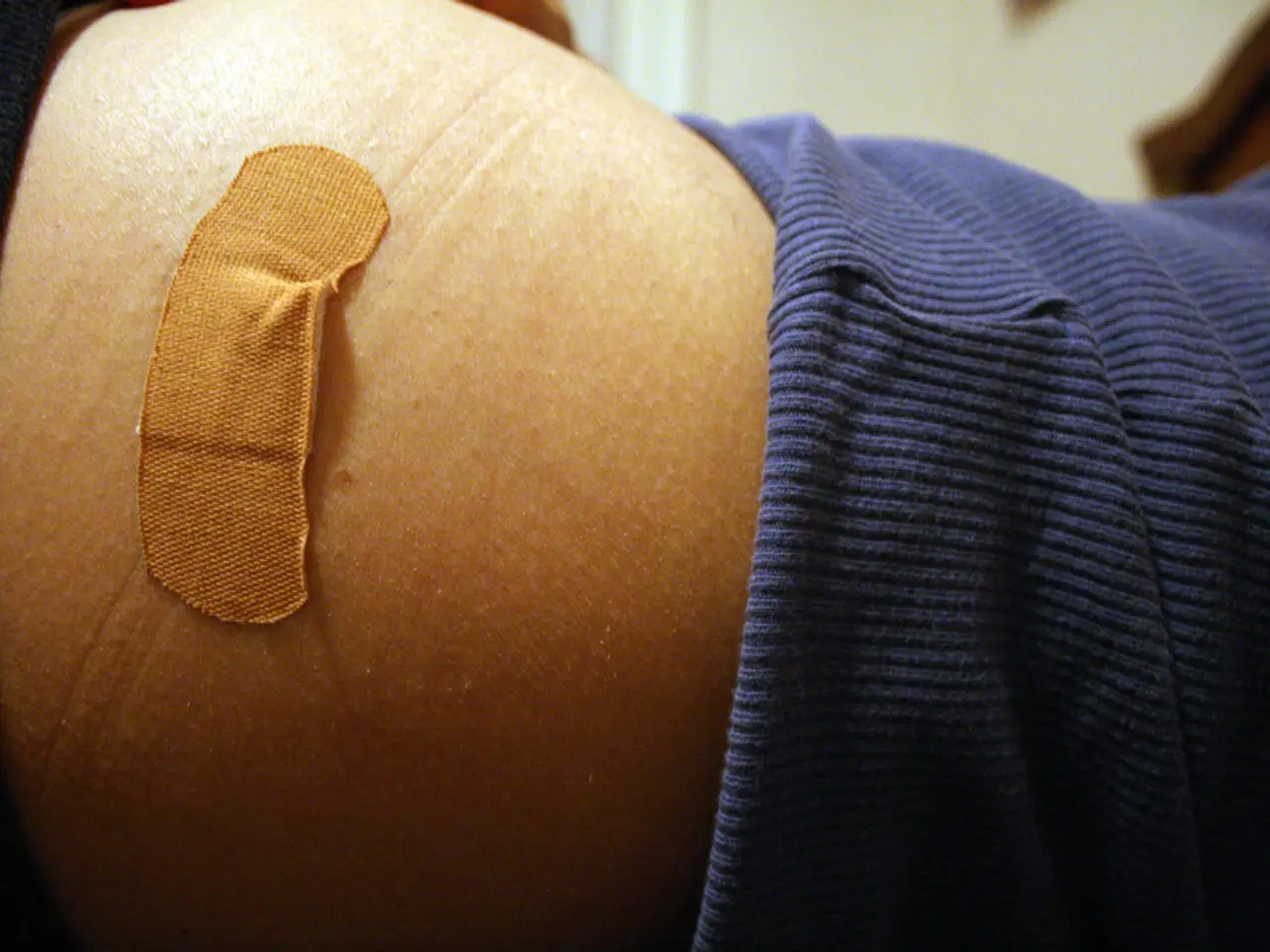Fitbit's Role as a Post-Surgical Aid Enhances Recovery Process
In a groundbreaking development, researchers from the Shirley Ryan AbilityLab, Ann and Robert H. Lurie Children's Hospital of Chicago, and the University of Alabama at Birmingham have demonstrated the potential of using consumer wearables, such as Fitbits, to predict postoperative complications in pediatric patients.
## Key Findings from the Study
The study, which involved equipping 103 children with commercially available Fitbit devices for 21 days following an appendectomy, has shown that by training an algorithm to analyze biorhythm-based metrics, it is possible to predict postoperative complications up to 3 days before formal diagnosis with 91% sensitivity and 74% specificity.
The researchers focused on circadian and ultradian rhythms derived from daily activity and heart rate patterns recorded by the Fitbits. These metrics, more sensitive to detecting complications compared to standard Fitbit metrics, provided key clues to overall health.
## How Wearables Aid in Predicting Complications
Wearables offer several advantages in predicting complications. They provide round-the-clock data, allowing for continuous monitoring of a child's recovery process. The objective health metrics collected by wearables are more reliable than subjective symptom reports. By analyzing patterns in activity and heart rate, wearables can detect subtle changes indicative of potential complications early on.
## Clinical Implications
The approach has broad clinical implications for pediatric health monitoring across various care settings. It offers a promising, unobtrusive method for evaluating postoperative recovery, which can facilitate faster treatment and care for children undergoing surgery.
The study is only one part of a larger four-year project funded by the National Institutes of Health. The researchers' next step will involve directly testing their algorithm as a real-time warning system for children having their appendix removed. They argue that this approach could be used to track children's recovery from a broad range of surgeries and possibly even to detect non-surgical conditions marked by clear behavioral or physiological changes.
One of the most common complications of an appendectomy is infections at the surgery site. The hope is that illness or flare-ups of an existing condition can be proactively caught sooner than usual. Children might be less willing or able to communicate when they're feeling sick again compared to adults. The algorithm can be integrated into a clinician-friendly dashboard that delivers daily summaries, on-demand reports, and real-time alerts to a child's care team.
This innovative use of wearable technology in pediatric postoperative care offers a promising solution for enhancing early detection and improving outcomes for children undergoing surgery.
- The groundbreaking study suggests that science, through the use of consumer wearables like Fitbits, has the potential to predict postoperative complications in 91% of pediatric patients with 74% specificity.
- The study, conducted over 21 days following an appendectomy, revealed that by training an algorithm to analyze biorhythm-based metrics found in daily activity and heart rate patterns recorded by Fitbits, early detection of postoperative complications is achievable.
- The findings highlight the advantages of wearables in prediction, as they offer round-the-clock data, continuous monitoring of a child's recovery process, and more reliable objective health metrics compared to subjective symptom reports.
- The study's clinical implications extend beyond pediatric appendectomy recovery, opening doors for the development of a promising, unobtrusive method for monitoring overall pediatric health across various care settings.
- In the near future, researchers aim to test their algorithm as a real-time warning system for children undergoing appendectomy, with the potential to extend its use for tracking children's recovery from a broad range of surgeries and possibly even detecting non-surgical conditions marked by clear behavioral or physiological changes.




